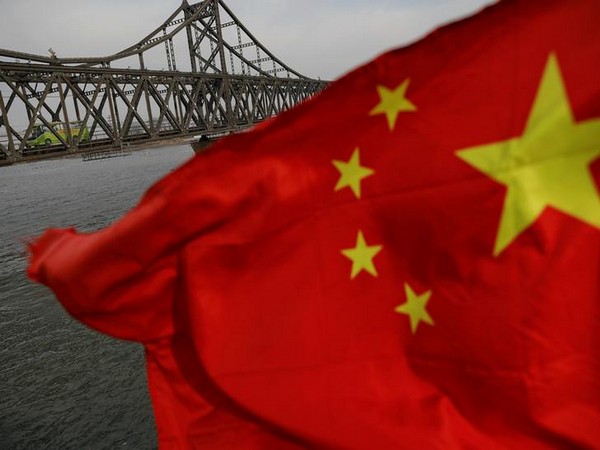China is devoting considerable resources to hijacking international Buddhism and marginalize Tibetan Buddhists loyal to the Dalai Lama and other Buddhists who look at the government-controlled China Buddhist Association and see what it is, a tool of the CCP to justify repression of religious liberty, Bitter Winter reported.
Bitter Winter is an online magazine on religious liberty and human rights in China.
China has generously funded archaeological and restoration work in Buddhist sites in Pakistan.
According to Bitter Winter, China wants us to believe that Padmasambhava was born in Pakistan and that Pakistan played a central role in the early history of Buddhism. They do not insist on it because of philanthropy or their political alliance with Pakistan only.
Indian scholar Chandan Kumar in an article on June 11 explained that it is part of China’s soft diplomacy to try to make inroads into international Buddhist organizations.
The country aims are to substantiate the false claim that there is freedom of religion for Buddhists in China, to downplay India as the birthplace of Buddhism promoting instead China as the main international centre of the religion, and to promote its puppet Tibetan Buddhist leaders hoping they may really become a serious challenge to the Dalai Lama, as per Bitter Winter.
As Chandan Kumar writes, China “has gained considerable sway over the International Council of Day of Vesak (ICDV), the World Fellowship of Buddhists, and other organizations in Korea and Taiwan. This influence is evident in the Common Text Project (CTP) undertaken by the ICDV, where Tibetan scholars have been marginalized, and Chinese texts have been given prominence over traditional Tibetan sources. In 2021, China started South China Sea Buddhism Foundation to influence Buddhist countries of the South China Sea. The first South China Sea Roundtable was organized in Shenzhen in 2021 and the second was organized in Phnom Penh, Cambodia. The aim of the roundtable is to cooperate with Buddhist temples and monasteries in the South China Sea.”

